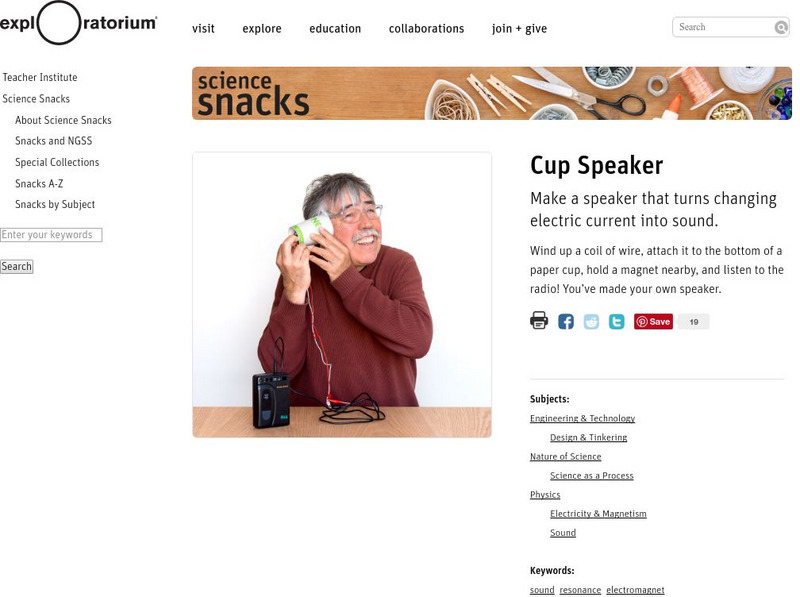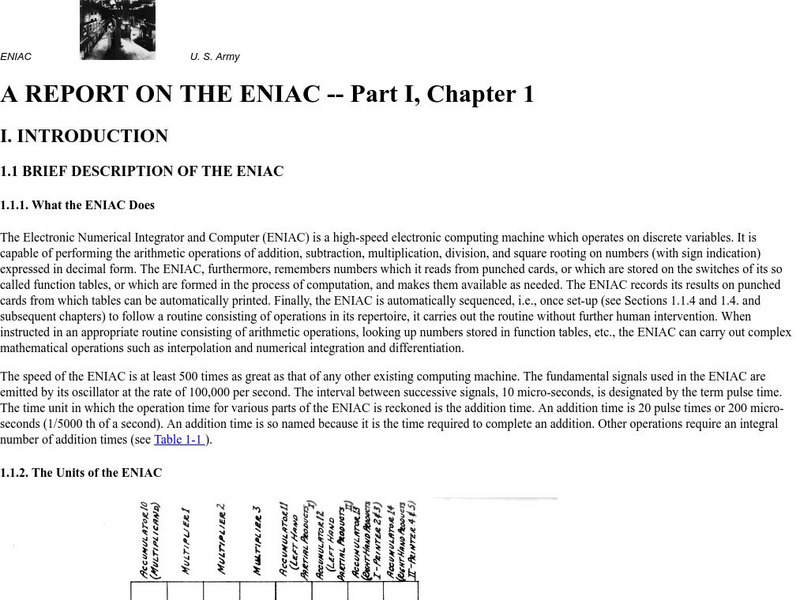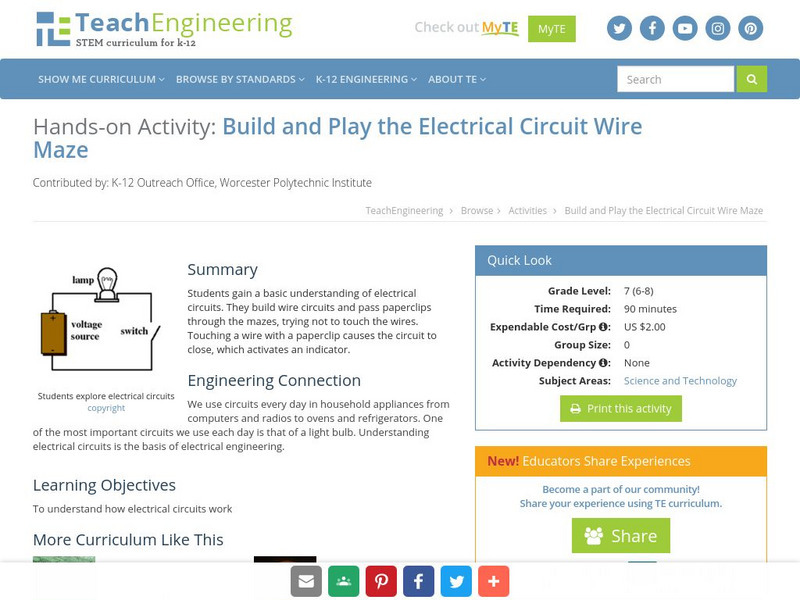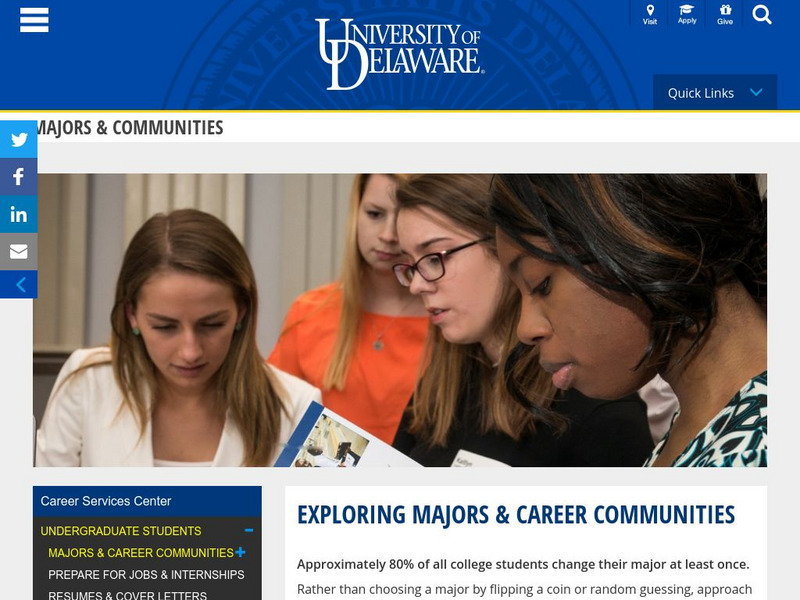TeachEngineering
Teach Engineering: Concentrated Solar Power
Students learn how the total solar irradiance hitting a photovoltaic (PV) panel can be increased through the use of a concentrating device, such as a reflector or lens. This is the final lesson in the Photovoltaic Efficiency unit and is...
TeachEngineering
Teach Engineering: Hi Ho, Hi Ho, It's to the Mine We Go
This activity simulates the extraction of limited, nonrenewable resources from a "mine," so students can experience first-hand how resource extraction becomes more difficult over time. Students gather data and graph their results to...
Wikimedia
Wikipedia: Charles Augustin De Coulomb
Spanish-language site lets students discover the life and work of this physicist and engineer, who is known for his studies of electric charges.
University of Wisconsin
The Why Files: Keeping an Eye on Ions
Discusses the development of a new rocket engine that operates by the ion propulsion as opposed to gas propulsion. Well written and great graphics!
Discovery Education
Discovery Education: Build Your Own Perpetual Motion Machine [Pdf]
A lesson for young scholars to explore the conversion of energy from electrical energy to kinetic energy by constructing a homopolar motor. Also by constructing the motor, students can investigate magnetism, electricity, and RPM.
University of Houston
University of Houston: Engines of Our Ingenuity: Superconductors
Find out about the event and societal needs lead to the invention of superconductors.
Exploratorium
Exploratorium: Science Snacks: Cup Speaker
This activity will have students creating their own speaker with a paper cup, coil of wire, and magnet. The speaker operates by changing electric current into sound.
Other
Planet Ark: World Environmental News
Welcome to Planet Ark's daily Reuters World Environment News - the most comprehensive source of environmental news on the Net. To read previous news stories, please use the search engine below to find stories relating to any...
Cosmo Learning
Cosmo Learning: Power System Analysis
A collection of video lectures for a power system analysis e-learning course. Course covers topics like transmission line capacitance, transformer model, and power system stability.
Creative Science Centre
Creative Science Centre: Dc Converter and Electrical Storage for Shake a Gen
This simple device uses a few components to rectify the alternating current (AC) from the shake-a-gen, store it in a capacitor and convert it into a steady direct current (DC). The output can be used to run a low power device. It is also...
Other
U.s. Army: A Report on the Eniac
This site has a copy of the original report on the ENIAC high-speed electronic computing machine, from the Moore School of Electrical Engineering, University of Pennsylvania. Includes a detailed and technical description of how the...
TeachEngineering
Teach Engineering: Wire Maze
Students will build a wire circuit and pass a paperclip through the maze, trying not to touch the wire. Touching the wire with the paperclip will cause the circuit to close, which will activate the indicator.
Other
University of Delaware: Major Resource Kits
Major Resource Kits link academic majors to career alternatives by providing information on career paths, sample job titles, and a short bibliography of Career Resource Center materials available to students in a particular major....
TryEngineering
Try Engineering: Series and Parallel Circuits
The core of this lesson is simple circuits and the differences between parallel and series circuit design. Students perform experiments to test the differences between the two circuit designs using low voltage light bulbs.
NC State University
The Engineering Place: Battery Making
Using simple materials, students will learn how to create batteries, and about the relationship between voltage and current.
Practical Action
Practical Action: Wind Power Challenge
In this unit, students explore how life for people in the rural mountainous regions of Peru is different as they live without access to electricity. They learn how small-scale wind turbines have changed people's lives, as with a supply...
Science Buddies
Science Buddies: Waste Not, Want Not: Use the Microbial Fuel Cell to Create Elec
Gross. What is that in the toilet? But maybe it's not just gross. Did you know there are bacteria that digest organic waste and create electrons? What if there was a way to collect those electrons to power a circuit? In this science fair...
PBS
Pbs Kids: Design Squad: Build: Glow Sticks
Test your electrical skills! Can you make a working glow stick with a nine-volt battery and a strand of lights?
Department of Defense
Do Dea: Business & Personal Finance: Module 1: Careers in Construction [Pdf]
If you have ever thought about a career in construction then this publication is for you! It talks about what you need to learn and do to get that first great job. Whether you want to be an environmental engineer, a skilled ironworker,...
The Tech Interactive
The Tech Museum of Innovation: Save the Hiker [Pdf]
Can you build a device that will deliver life-saving treatment to someone in a hazardous situation? During this instructional activity, students will learn how energy is converted and transferred between objects. Working in groups and...
Hunkins Experiments
Hunkin's Experiments
This amazing website provides access to 200 exciting experiments from cartoonist, broadcaster, and engineer, Tim Hunkin. Each experiment is categorized and illustrated.
Massachusetts Institute of Technology
Mit: Open Course Ware: Introduction to Electronics, Signals, and Measurement
Online, college-level course on electronics. Class features the practical introduction to electronics with a focus on measurement and signals. Accessible components include downloadable lecture notes, assignments, and previous quiz and...
PBS
Pbs Learning Media: Smart Bridges
In this video segment adapted from NOVA scienceNOW, learn about engineering innovations that could help detect a bridge's structural weaknesses before they become dangerous. [5:21]
National High Magnetic Field Laboratory
Magnet Academy: Siegmund Loewe
Siegmund Loewe was a German engineer and businessman that developed vacuum tube forerunners of the modern integrated circuit. He pioneered both radio and television broadcasting, and the company he established with his brother, David...

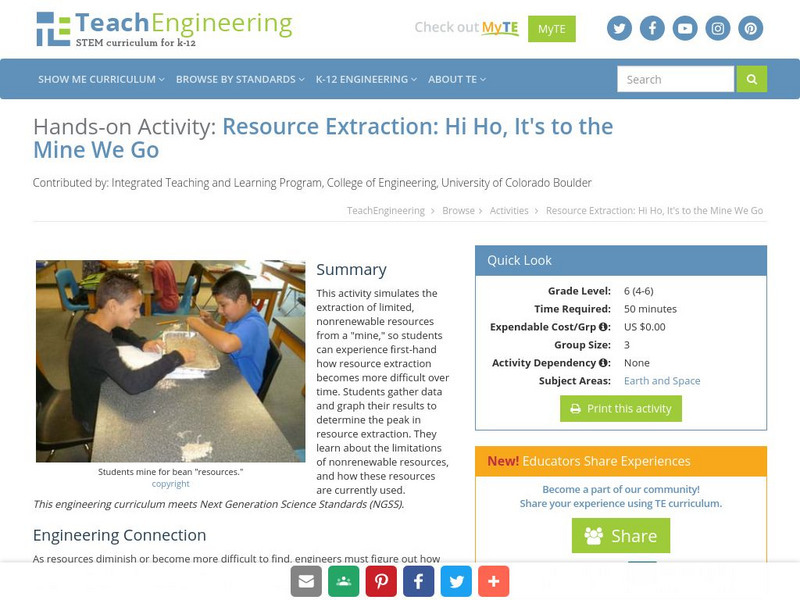
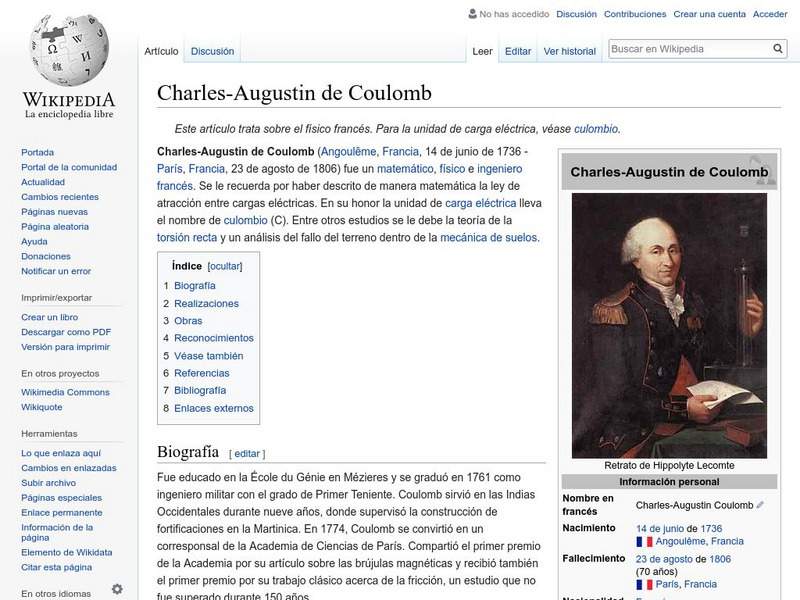
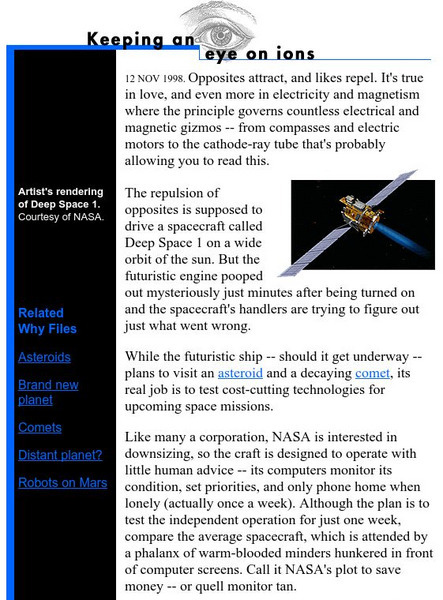
![Discovery Education: Build Your Own Perpetual Motion Machine [Pdf] Lesson Plan Discovery Education: Build Your Own Perpetual Motion Machine [Pdf] Lesson Plan](https://static.lp.lexp.cloud/images/attachment_defaults/resource/large/FPO-knovation.png)

